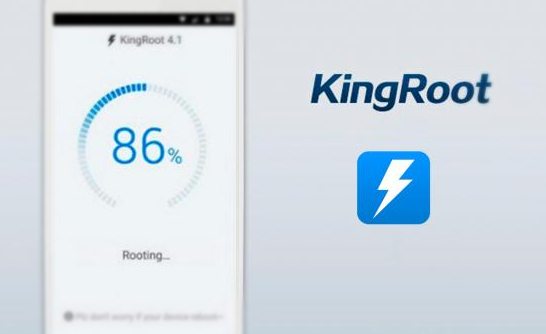How To Install Android on Laptop Or Desktop
Android is the most popular OS in the Smart world. However, it can’t be installed on the PC( desktop or Laptop). Through this technology can find many ways to get Android running on a PC, including virtual device emulators such as Genymotion, bootable USB versions and even complete standalone applications such as BlueStacks. Each has its advantages and disadvantages according to their needs. Here is the complete instruction of each method.
OPEN SOURCE ANDROID X86.ORG ANDROID ON PC
In this tutorial, I’m going to show you how to turn an old PC into an android machine. So basically, what I have, android x86 8.1 running on my old HP machine. After installing android on your older PC, you can access the full play store so you can install your favourite Android apps like pub G, Hulu, Netflix, Kodi so on.
This will work on any kind of PC or laptop I tested my HP 6000 pro.
This is an older machine that’s a Core 2 Quad, 2.8 gigahertz, and the GPU is an AMD 6350 with 512 Meg’s of RAM.
There are a few things that you need before getting started here obviously if you have;
- an old machine
- Ethernet( or use a USB Wi-Fi adapter)
The next thing we’re going to need is a USB Drive. I tested with a 64 gigabyte USB 3.0 Drive but all you need is something that’s around 8 gigabytes because of all we’re going to be doing is installing Android to this USD Drive and then flashing it to the internal hard drive of the PC.
Keep in mind, I don’t deal with a dual boot or triple boot because as soon as somebody does something wrong with their dual boot setup wipes out some important information on one partition it’s gonna be my fault.
If you’re interested in doing a dual boot or a triple boot setup you can always do a quick google search and find out how to do that but in this tutorial, we’re going to be using a single Drive I used a cheap Kingston 240 gigabyte SSD or you can also use a mechanical drive if you really want.
SO WITH ALL THAT OUT OF THE WAY LET’S GO AHEAD AND GET STARTED
Now move over to your Windows PC and you want to download android x86 and get it flashed to the USB Drive.
Okay let’s see how to install it, it’s really simple to do,
You need to download two things, the first thing you need to do is download the android x86 image and then you need to download an application called Rufus so he can flash it to the USB Drive. Now insert USB Drive into your PC. Use a blank Drive but Rufus will take care of everything for you if you don’t want to clear it. If your USB already have important data, ensure copy or cut your data to another database.
Next, you have to download both things I above mentioned. The first thing is to download the android x86.
While I tested, this is android x86 8.1 r 1 which means release 1 if you’re reading this in the future it might be a higher number. Tons of information here in this site. This android model supports 64-bit and a 32-bit kernel. There are two versions you can download and it depends on how your PC is. usually, you will be tried up with 64-bit version but if that doesn’t work then right to the 32-bit version flashing this doesn’t take long at all. This page has a lot of information. Go ahead and read through this page. Now click the android x86 8.1 download link and it will take you to Fosshub to download the right ISO. After downloading that, next up you want to go the Rufus website and download it. After finished downloading both files, now go to open up Rufus.
It might look a little intimidating but it’s super simple to use. In the device selection list, make sure you have your USB Drive was chosen here.
Next, you want to click the select button and navigate to where we have the image (x86 8.1 r1), double click on that. Once again check you have the correct USB drive chosen. And click the start button. Just give it a little time to finish up. After finishing up, your USB Drive is now ready.
Now you move over to the PC, you want to install android x86 on. And you need to enter the boot menu, certain manufacturers use different keys like on a Dell it’s f12, on Asus laptop its f8 but your machine might be different. So you want to do some research find out how to enter the boot menu when you start your computer up. it’ll be a certain hotkey f2,f5, f10, f8 could be any number of those.






Comments
Post a Comment